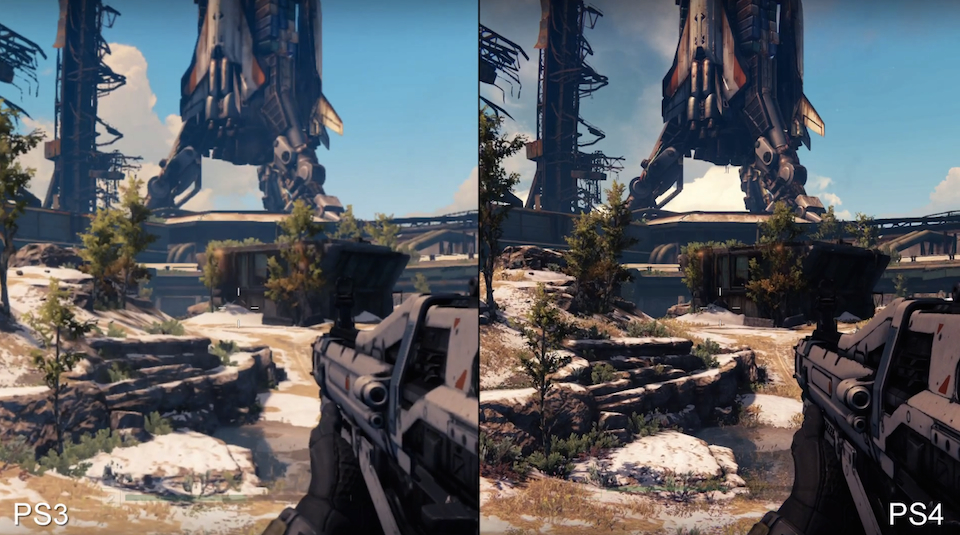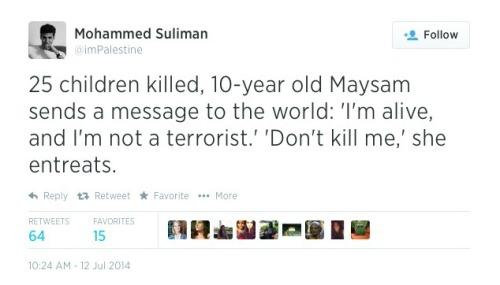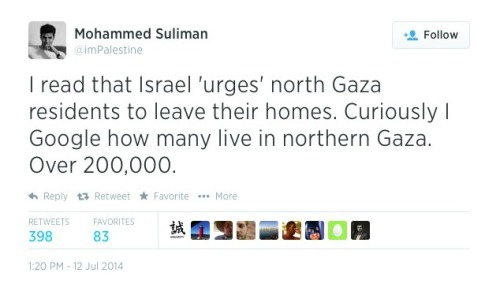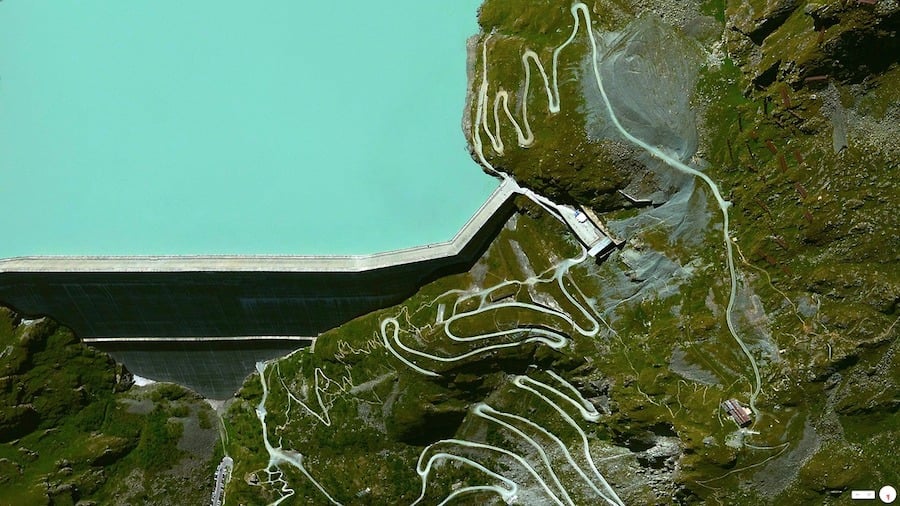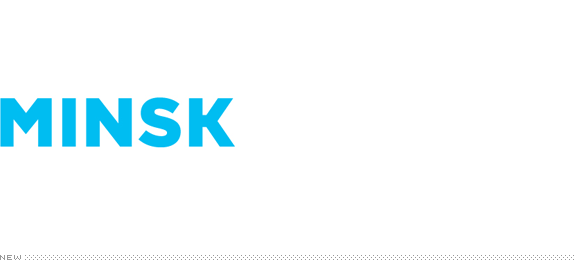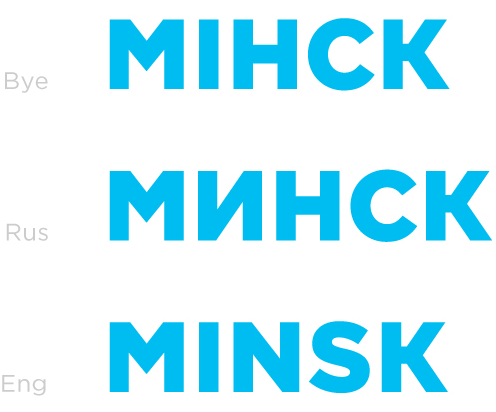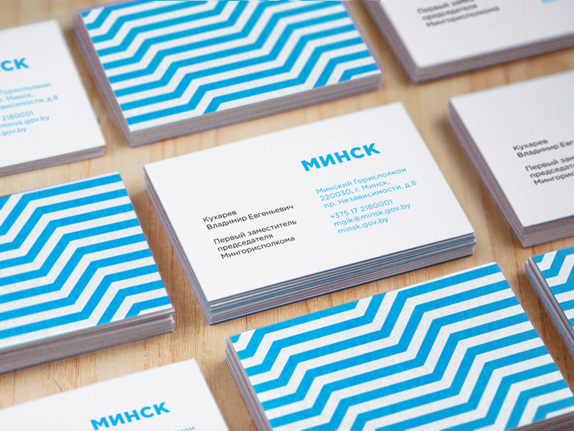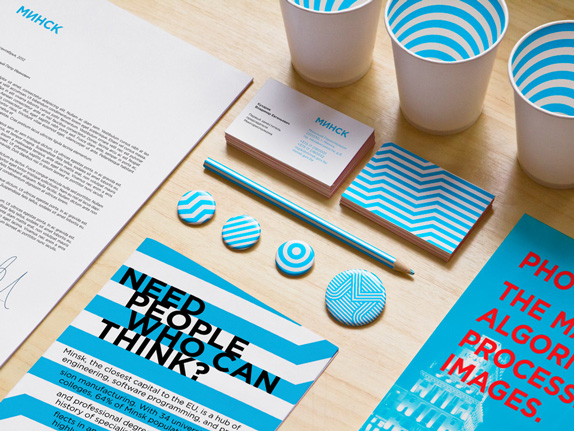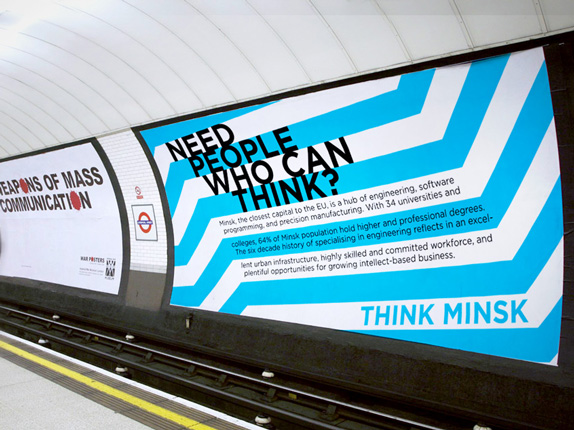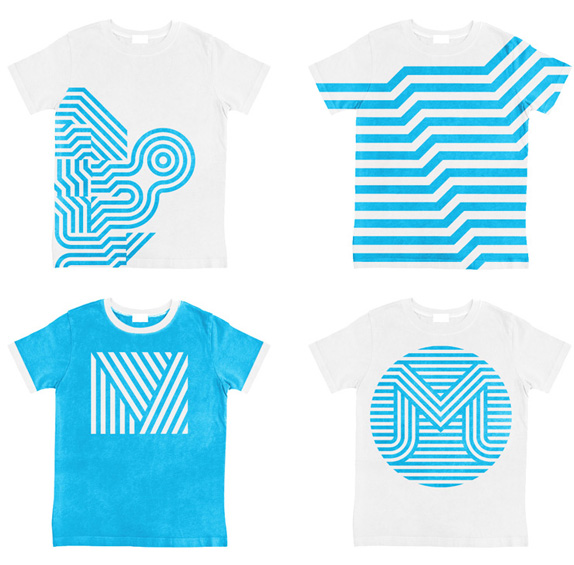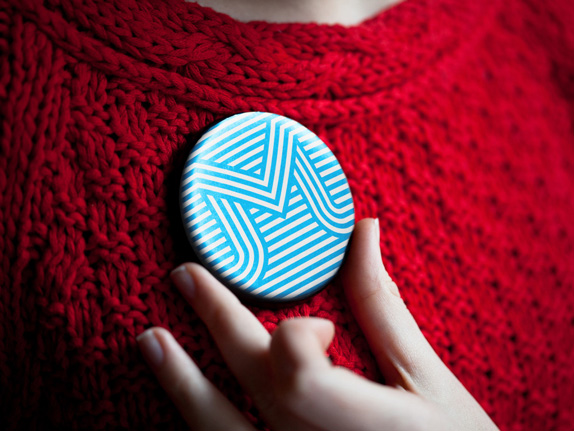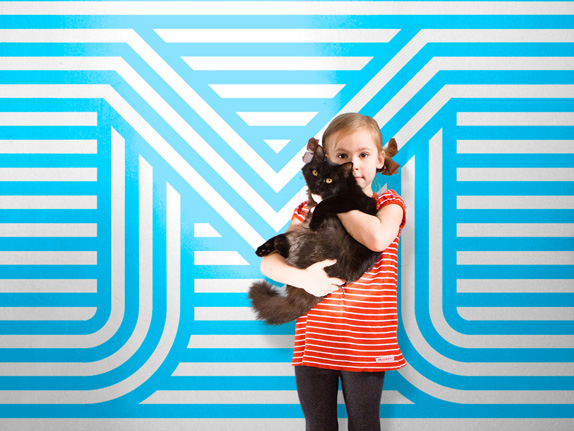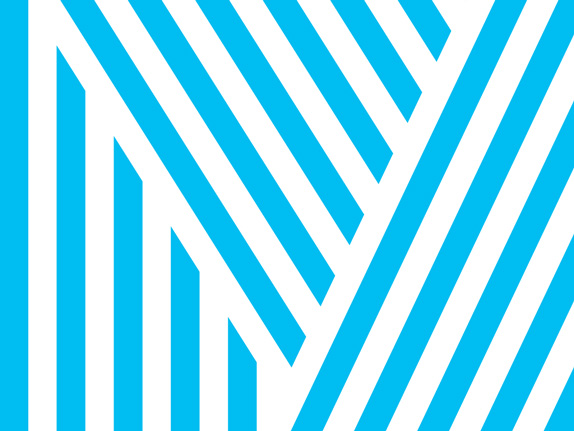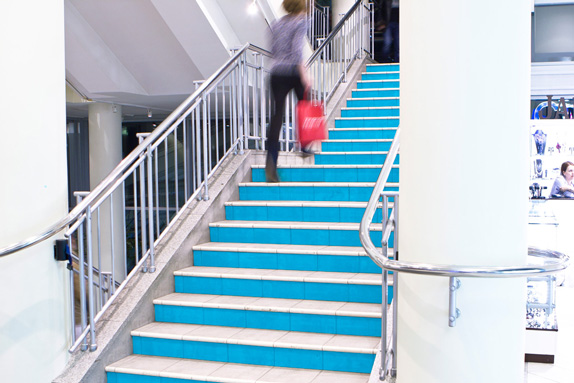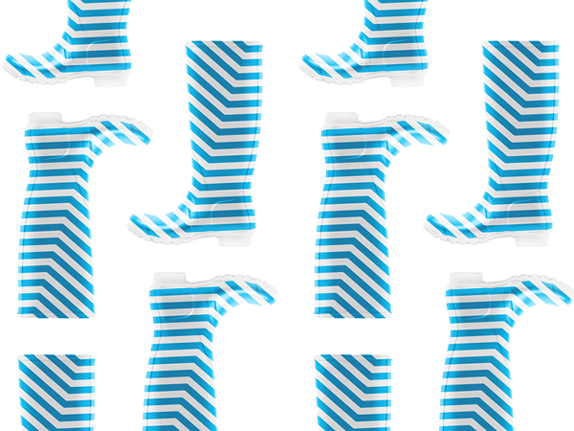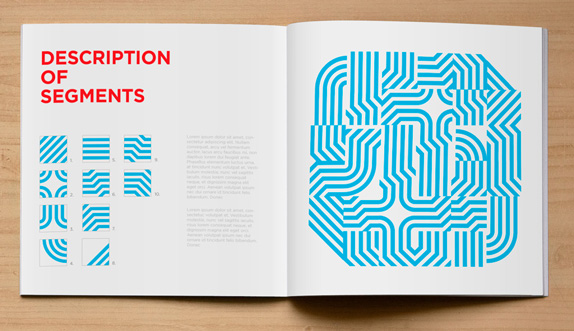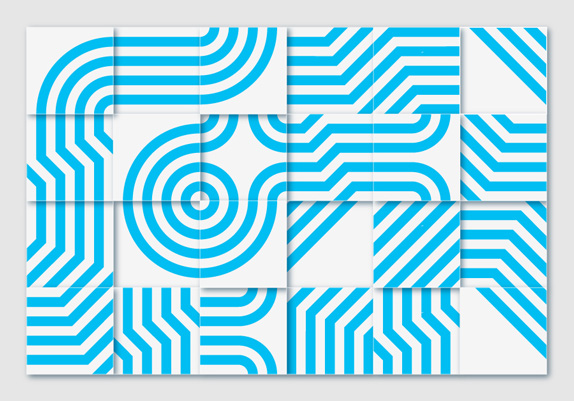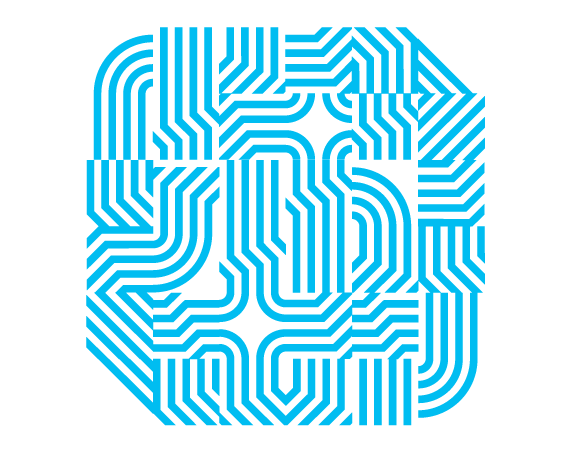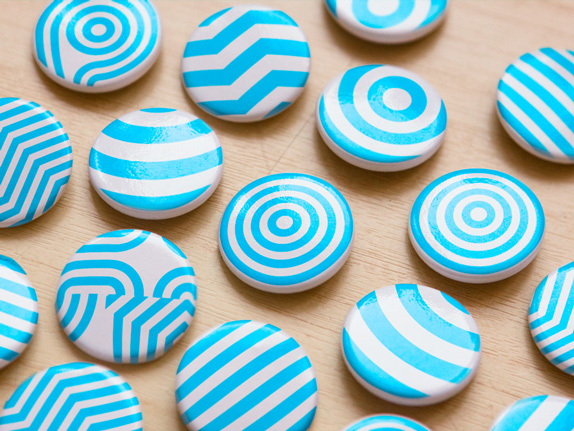
Even if you love your job, it’s common to feel burnt out from time to time. Perhaps you just wrapped up a big project and are having trouble mustering motivation for the next one. It could be that your home life is taking up more of your energy than usual. Or maybe you’re just bored. What’s the best way to recharge? Are some forms of rejuvenation better than others? How do you know if what you’re feeling is ordinary burnout or something else, like chronic dissatisfaction?
What the Experts Say
Burnout — the mental and physical exhaustion you experience when the demands of your work consistently exceed the amount of energy you have available — has been called the epidemic of the modern workplace. “There’s no question that we’re at greater risk of burnout today than we were 10 years ago,” says Ron Friedman, the founder of ignite80, the consulting firm, and the author of the book, The Best Place to Work: The Art and Science of Creating an Extraordinary Workplace. “In large part, it’s because we’re surrounded by devices that are designed to grab our attention and make everything feel urgent.” Heidi Grant Halvorson, a social psychologist and the author of No One Understands You and What to Do About It, agrees. “There’s a lot of pressure in this 24/7 cycle,” she says. “It can lead you to feel lethargic, stressed, and depleted — literally spent.” So you need to find ways to “put gas back in your tank.” Here are some ideas for how to do that:
Take breaks during the workday
Burnout often stems from a “lack of understanding about what it takes to achieve peak workplace performance,” says Friedman. “We tend to assume that [it] requires trying harder or outworking others, [which] may get you short-term results but [is] physiologically unsustainable.” To perform at your best over the long term, you need regular “opportunities for restocking your mental energy,” says Friedman. Take a walk or go for a run. Have lunch away from your desk. “Stepping away from your computer gets you out of the weeds and prompts you to reexamine the big picture,” he advises. “It’s often in the intervals between thinking really hard about a problem and then stepping away that solutions becomes apparent.” But take your breaks at the right time, Halvorson says. When your energy is highest – often in the morning – you should focus on work and maximize your productivity. “Tackle your toughest challenges at those times,” she says. Then step away for a rest.
Put away your digital devices
Before the Blackberry era, leaving your work at the office was the default. “If you wanted to take work home with you, that required effort and planning,” says Friedman. That’s no longer the case. “Today we’re all carrying around an office in our pocket in the form of a smartphone,” so we’re both psychologically and physiologically still attached. The remedy, he says, is to actively limit your use of digital devices after hours. Place your smartphone in a basket or drawer when you arrive home so you’re not tempted to pick it up and check your email; or you might devise a rule for yourself about turning it off past 8pm. “Put away your phone,” says Halvorson. “Whatever it is, it can wait until tomorrow.”
Further Reading
Do something interesting
Instead of concentrating on limiting or avoiding work in your off-hours, Friedman recommends scheduling “restorative experiences that you look forward to.” Making plans to play tennis with a friend or cook a meal with your spouse compels you to “focus on an approach goal — doing something pleasurable — instead of an avoidance goal — not checking email,” he says. “Research shows that approach goals are easier and more enjoyable to achieve.” Studies also indicate that doing an activity you find interesting — even if that activity is taxing — is better for you than simply relaxing. “What you do with your downtime matters,” says Halvorson. Sure, it’s appealing to laze on your couch with a tub of popcorn and a Netflix, but she recommends engaging in something more challenging — like a crossword or game of chess. “Even though it’s difficult, it will give you more energy.”
Take long weekends
Feeling mentally and physically exhausted may also be a sign that “you need to take some time off,” says Halvorson. The break need not be a two-week vacation; rather, she says, when it comes to stress-reduction, “you get a much greater benefit from regularly taking three- and four-day weekends.” While you’re away, though, don’t call the office or check your email. “You need to let go,” she says. “Each of us is a little less vital than we’d like to believe.”
Focus on meaning
If your job responsibilities preclude immediate time off, Halvorson suggests “focusing on why the work matters to you.” Connecting your current assignment to a larger personal goal — completing this project will help you score that next promotion, for instance — will “help you fight the temptation to slack off” and will provide a “jolt of energy that will give you what you need to barrel through that day or the next couple of days,” she says. Be aware, however, that this may provide only temporary relief. “If you’re burnt out from working too hard, you need to stop and take a real break.”
Make sure it’s really burnout
If none of these strategies work, you could be dealing with something more serious. If you’re listless and fatigued but still feel effective on the whole, then it’s probably just burnout. “But if you feel as though you’re not making progress and that the work you do doesn’t seem to matter,” it’s a different problem, Halvorson says. Is your manager giving you what you need to work at your best? If not, you may need a different position. Is the very nature of your work sapping your energy? If so, you may need to rethink your career.
Principles to Remember
Do
- Set boundaries around your use of digital devices during off-hours
- Incorporate regular breaks into your workday
- Focus on why the work matters to you if professional obligations preclude a vacation
Don’t
- Check your email when you’re taking a vacation or long weekend
- Spend all your downtime vegging; engage in activities that challenge and interest you
- Mistake constant fatigue and apathy for a temporary case of burnout; if you feel ineffective on a daily basis, it might be time to look for a new job
Case study #1: Reflect on why your work matters
As the co-founder, creative director, and CEO of Miss Jessie’s, the New York-based hair care line, Miko Branch has a busy and demanding job. The workday is a constant blur of team meetings and calls, appointments with clients, and product planning sessions. “When I am in town, people are in and out of my office all day long,” she says. “And when I’m travelling, I always check in by email at least every couple of hours.”
Her secret to avoiding burnout had always been daily nap breaks. “Naps are just what I need to get my bearings,” she explains. “Sometimes they last only 10 minutes; other times it’s 30 minutes. Sometimes I use the couch in my office; other times I just lie on the floor with a blanket or jacket over me.” But recently her naps weren’t doing the trick. Facing multiple product launches and a looming deadline for a book about the genesis of Miss Jessie’s, she was feeling extremely stressed. So she booked herself a three-day weekend in Miami to concentrate only on writing and editing. She was still working, of course, but she escaped the constant distractions of the office. And she inspired herself to keep at it by reminding herself why her business and this book meant so much to her both personally and professionally. “My sister and I created a business with no money,” she says. “We’re also female and we’re women of color. I wanted to tell our story to inspire others and contribute in that way.”
She completed the draft and she was back at work on Monday. “I felt refreshed,” she says.
Case study #2: Be prepared to change careers if your burnout symptoms linger
Nicole Skogg, an optical engineer, felt tired and burnt out by her job at a small lighting manufacturer near Los Angeles. “I was doing a lot of mundane tasks — putting together a bunch of research data in a spreadsheet and organizing training sessions,” she recalls. “The tasks felt repetitive and unchallenging.” Even worse, a proposal she’d be working on — a business plan for an LED technology project that could drive long-term value for her company — had been rejected.
After the setback, her motivation flagged. Nicole, who had always been a go-getter found herself hitting the snooze button when her alarm went off each morning. She realized that she missed the strategic thinking she’d been doing on the new business plan. “It got me excited to come into work every day,” she says. “I realized how you should always want to feel about your job.” She was back to just “punching the clock.”
A couple of months later, she left her job and struck out on her own. Today, she is the founder and CEO of SpyderLynk, a mobile marketing and technology company based in in Denver. In retrospect, her case of burnout was a turning point. “I am really excited about what I’m doing and I’m so thankful that all those years ago, that manager told me no,” she says.
